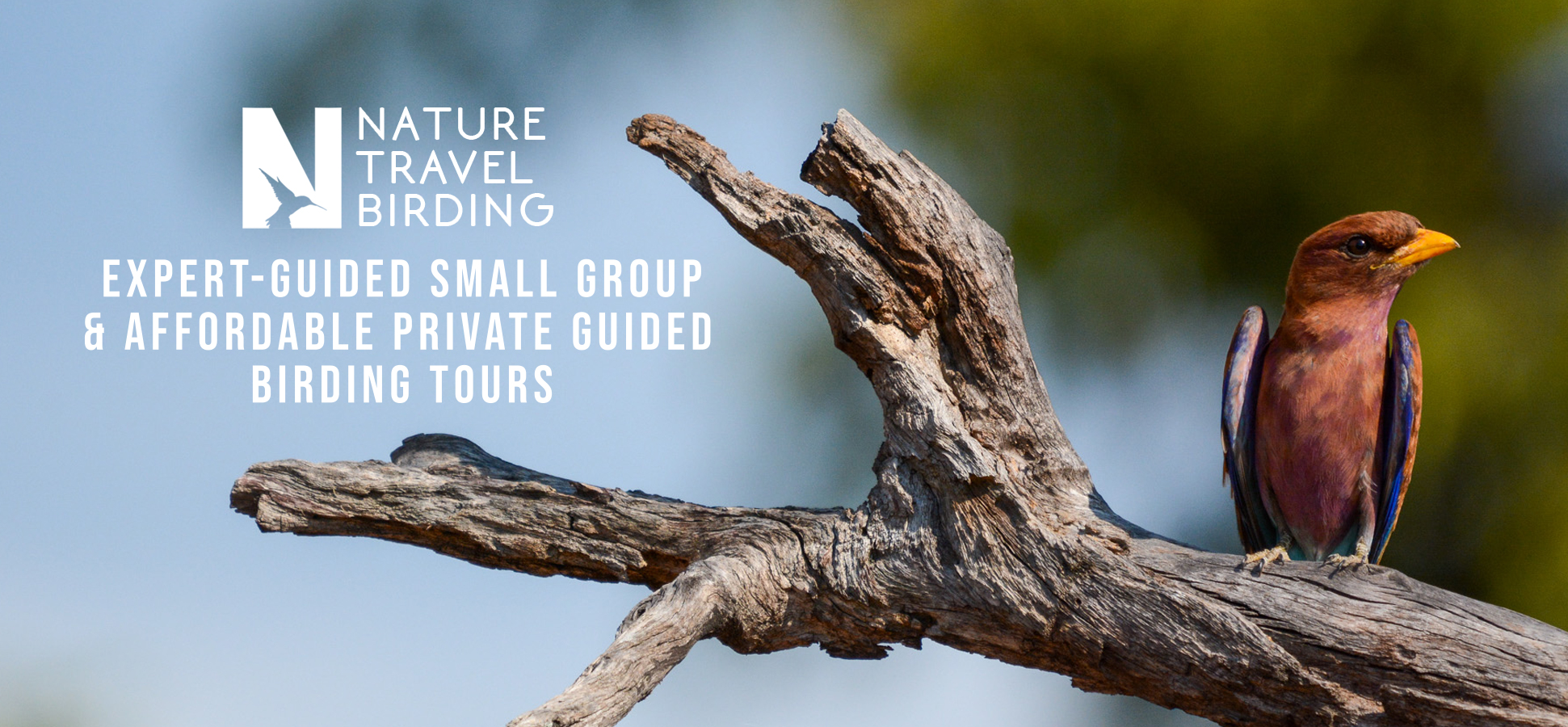
Malawi (formerly known as Nyasaland) is a landlocked country in southeast Africa . Lake Malawi is the ninth largest lake in the world and takes up around a third of Malawi’s area.
Visiting Malawi has exceeded all our expectations and more. The breathtaking scenery, friendly people and incredible birding makes this one of the top African destinations for any avid birding enthusiast.
Birding in Malawi is mostly centered around protected areas as there are little natural vegetation outside the national parks and protected pockets of forests. Malawi boasts a bird list of around 650 species, of which our trip ticked 326 off the list. On our short trip the main focus was the two big National Parks of Malawi (Liwonde and Nyika) as well as the Miombo Woodlands at Dzalanyama, the Viphya Plateau and the Zomba Plateau.
Starting off in Blantyre, we headed to the Zomba Plateau. Excitement all around as we spotted our first birds; Grey-olive Greenbul , Southern Citril and an Olive-headed Greenbul. A troop of Yellow Baboon entertained us while we searched the trees for the Grey-olive Greenbul calling out loud.
Making our way to our overnight accommodation, we were treated to a beautiful sighting of red-throated twinspots, next to the road. Our early morning walk in the garden, delivered some Forest Double-collared Sunbirds as well as Samango monkeys, playing in the trees above us.
Exploring the Zomba Plateau further, we encountered Red-rumped Swallow, Augur Buzzard, Evergreen Forest Warbler, the endemic Yellow-throated Apalis, Malawi Batis, Little Greenbul, Placid Greenbul, Black-headed Apalis and the beautiful White-winged Apalis.
After enjoying our packed lunch we travelled to Liwonde National Park. The low-lying park stretches along the Shire River and offers excellent riverine and woodland birding. Arriving at Liwonde, our local guide was waiting for us with a big smile and lots of enthusiasm. As we alighted from the car, we only had to walk a few meters to spot our first bird in Liwonde NP – a breathtaking sighting of a Pel’s Fishing Owl flying across the Shire River. A beautiful Bohm’s Bee-eater rounded off our short walk before we started our river cruise on the Shire River. Another highlight was the Spur-winged Lapwings and trees full of Pied Kingfishers and Black-crowned Night Herons. A MGT (Malawi Gin&Tonic), lots of hippos, crocodiles and around 25 African Skimmers flying past the boat ended off another wonderful day of birding in Malawi.
During our two night stay in Liwonde, we were treated to wonderful sightings of the localised Brown-breasted Barbet , Livingstone’s Flycatcher, Lilian’s Lovebird, White-backed Night-Heron, Speckle-throated Woodpecker, Racket tailed Roller, Dickinson’s Kestrel, Collared Palm-Thrush and Arnot’s Chat.
The late afternoon boat cruise treated us to a spectacular sighting of around 150 African Skimmers, roosting on a sandbank next to the Shire River. Other highlights included: Eurasian Hobby, Great White Pelican, Goliath Heron and Saddle-billed Stork. Early the next morning, before we made our way to the next destination, we stopped at Lake Malombe where we spotted several waders as well as flocks of Gull-billed Terns. A small group of elephants entertained us on our way back to the lodge.
Our next two night stay was in Dzalanyama Forest Reserve, which one of the prime miombo birding areas in Malawi. Whilst searching for the famous miombo “bird-parties” we were very lucky to see Stierling’s Woodpecker, Reichard’s Seedeater, White-tailed Blue Flycatcher, and in the late afternoon light, an Anchieta’s Sunbird. A Side-striped Jackal and Small-eared dormouse topped off the day’s mammal list.
An early morning start walking through the miombo woodland treated us to sightings of Yellow-bellied and Southern Hyliotas, Rufous-bellied Tit, Red-capped Crombec, Boulder Chat, Western Violet-backed Sunbird, Spotted Creeper, White-breasted Cuckooshrike and African Golden Oriole. During our afternoon walk we managed to find Bohm’s Flycather, Souza’s Shrike and Schalow’s Turaco.
Our next stop was the Viphya Plateau, where we were had great sightings of Chapin’s Apalis, White-eyed Slaty Flycatcher, Southern Mountain Greenbul, Eurasian Blackcap, the aptly-named White-headed Saw-wing, Trilling Cisticola and an Elephant Shrew.
Our next stop was Nyika National Park, one of the most beautiful parks in the southern half of Africa. The park extends into Zambia and offers grassland and forest birding of note, most of it at an altitude of more than 2000m above sea level. The stunning rolling hills are dotted with herds of Eland, Roan Antelope, Reedbuck and Crawshay’s Zebra. Shortly after entering the park we had incredible views of Ludwig’s Double-collared Sunbird, Yellow-crowned Canary, Mountain Yellow Warbler, Brown Parisoma, Cinnamon Bracken Warbler, Churring Cisticola and Yellow-browed Seedeater. One of the many highlights of the day was a spectacular display of five Black-lored Cisticolas singing in a bush right next to our vehicle.
We decided to make the best of our time at Nyika and spent two full days exploring and searching for the special birds of the park. Highlights included: Dusky Turtle Dove, Montane Widowbird, Pallid Harrier, Waller’s Starling, Angola Swallow, Sharpe’s Greenbul, Bar-tailed Trogon, White-chested Alethe, Baglafecht Weaver, Moustached Tinkerbird, Slender billed Starling and Scarlet-tufted Sunbird. We had incredible sightings of two Fulleborn’s Boubou calling and interacting as well as Hildebrandt’s Francolin posing for some good photos.
We had an incredible time in Malawi, it is a country of friendly people, spectacular natural beauty and incredibly diverse birdlife. A must for the birding bucket list.




















